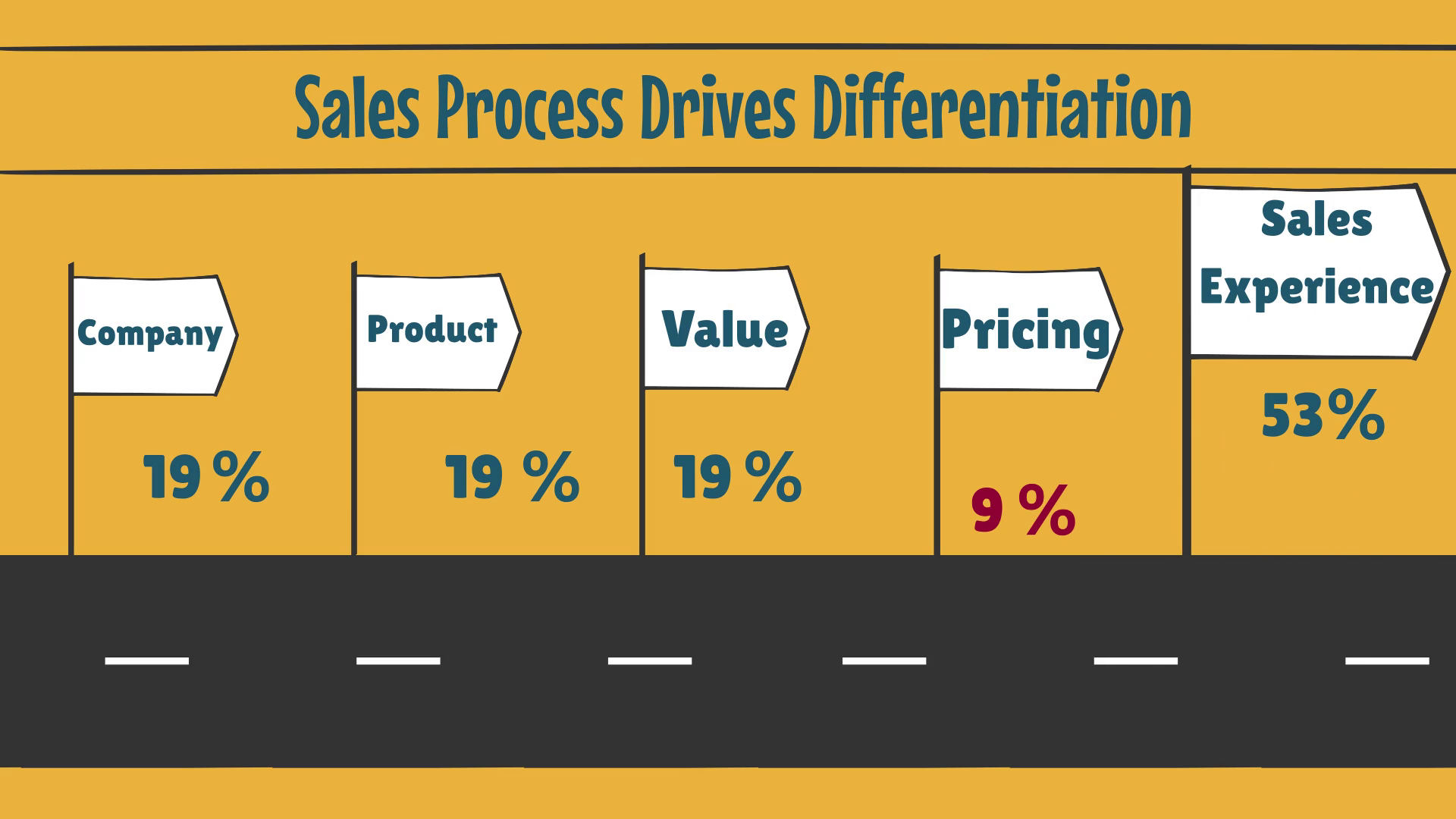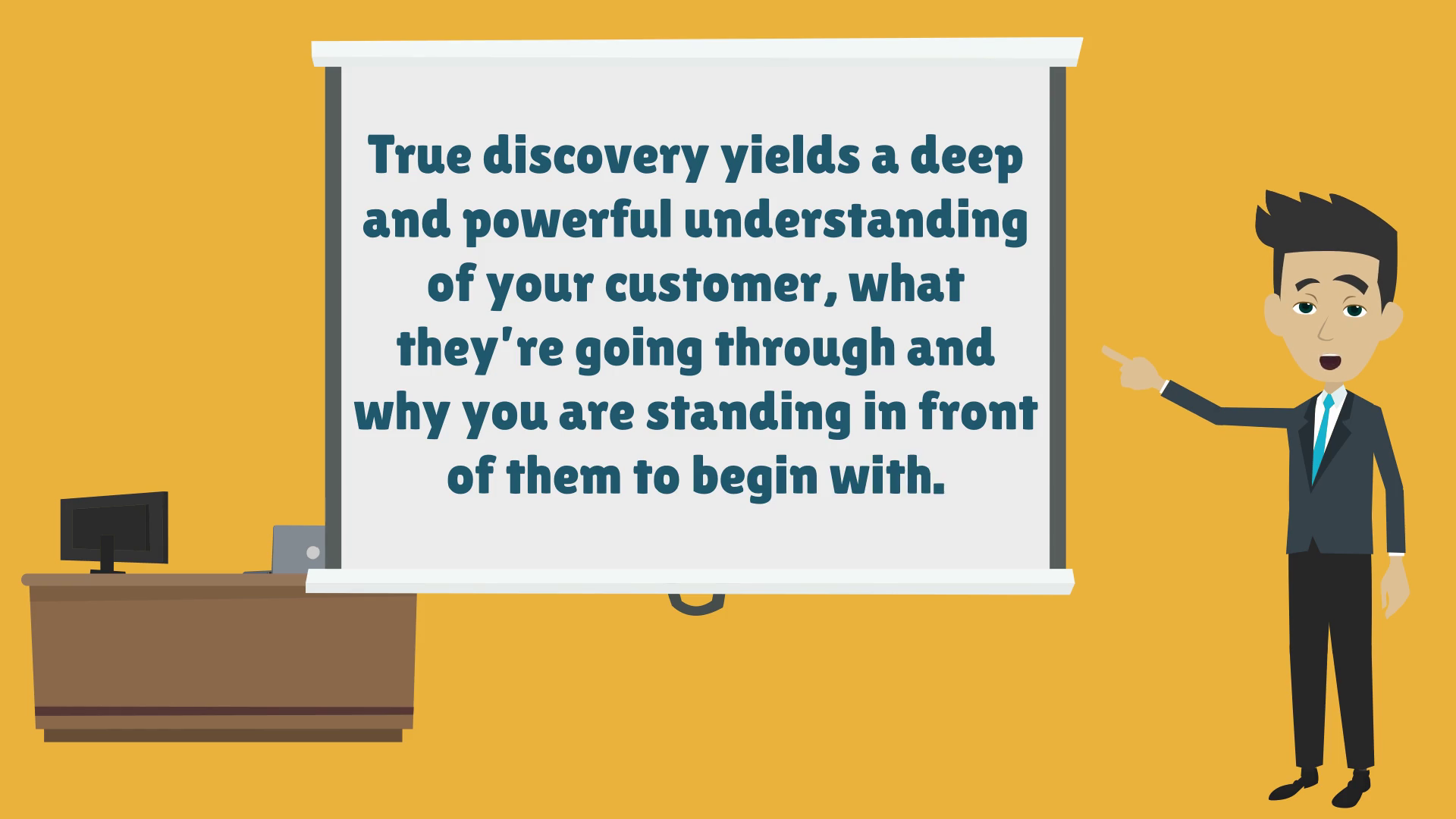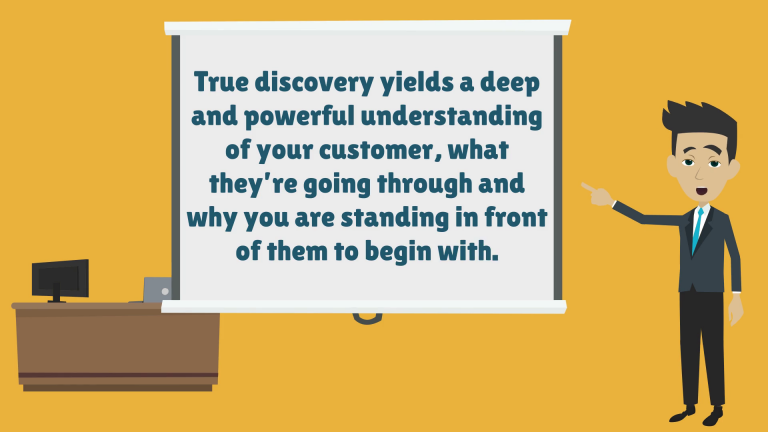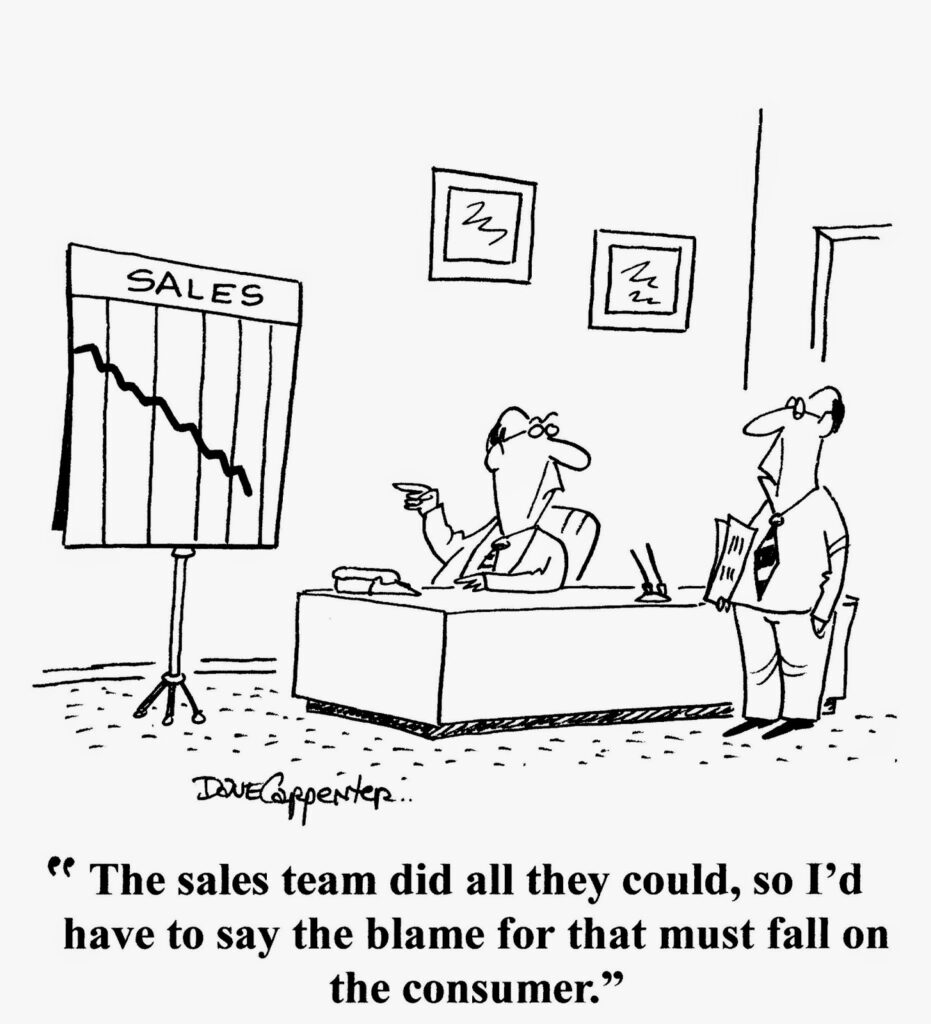What is a sales cycle?
Let us begin by explaining what is a sales cycle and why it is a critical component of any sales strategy.
A sales cycle is a map that lays out the step-by-step process that salespeople will follow that maximizes the possibility of a sale. They can be long (in enterprise sales a year is not unusual) or short (in transactional selling it can be less than 30 minutes). It is the roadmap for a salesperson as they undertake sales activity because it guides them along the path to reach their end destination. Most sales cycles are aligned to the buyer’s journey that a customer follows to buy a product.
Understanding the Sales Cycle
When sales activity is broken into steps, a business can gather information on where customers enter or leave the buying journey. The success of each step becomes more clear, plus what actions or commitments must happen in each step. Crucially, the business or salesperson can identify the point in which a sale tends to fall through in the cycle. By constantly reviewing which steps in the sales cycle lead to a sales and which steps when skipped don’t, a business can finetune their methods and sales training to improve conversion rates.
Why should you have one?
- Reduces unnecessary sales activity.
A well-defined sales process will reveal what is working and what is not. It may lead to adding in or removing some steps in order to move sales opportunities into the direction of a paying customer. To question sales activities that yield no results or are not required by the customer.
- Maximize sales productivity.
A business can organize the sales team and salespeople skills to support the sales process. For example, if a business knows the biggest challenge is getting a customer to use a free trial period, then they can devote more resources to that step.
- To adjust the sales plan.
Due to competitor moves on product or pricing or maybe some other external force, sales might not be going as per the sales plan. With a robust sales cycle review in place, sales management can notice and then take action on areas that are impacting sales.
Based on that, you can work on analyzing those activities and implement actions that are required.
- Training new staff.
A well-documented sales cycle makes it easier to training new sales or support staff due to clarity in their sales role and activities. Plus, it educates the new staff on the sales plan, conversion rates, qualification requirements and the buyers journey.
Also, it helps a business plan for headcount growth and ramping ability when seeking to drive customer growth.
- Clarifies the activities salespeople should undertake.
Salespeople need to know what is expected on them. As the sales cycle signposts the major sales activities, it will act as a playbook to keep the salespeople moving in the right direction. The beauty of a documented sales cycle and sales process is that it defines the requirements of each sales step and what next step should be.

Typical Steps in the sales cycle.
- Research Prospecting
- Conversations and Qualify
- Needs Assessment
- Present Value
- Handling Objections
- Closing the Sale
- Follow up
- Research and Prospecting
Research and Prospecting are the first step in the sales process. Some companies divide these into two sperate steps if the salesperson has to undertake their own research. The salesperson begins to identify companies and contacts within these companies who may fit the profile of being interested in their product or service. Today, there are various methods to generate leads such as social selling, buying in data, social media, online marketing campaigns, referrals, and networking etc.
A salesperson should have the sales skills to research, select and then engage potential customers which in turn leads to building valuable relationships. The main sales activity in sales prospecting is gaining the attention and interest of ideal customer profiles (emailing, cold calling, social selling), to have sales conversations with them so they are motivated to explore undertaking a change or switch.
- Conversations and Qualify
Note, we talk here about conversations NOT contact. Contact is sending an email, while conversations are person to person real communication. In this part of the sales cycle, initial conversations with prospects happen (usually via phone calls or live video conference).
The sales process is to get them to listen and care about what the salesperson has to offer. To do that, a series of well-placed discovery questions are asked to uncover if any opportunity exists.
In doing this, the salesperson understands whether a lead qualifies to move to the next step in the sales cycle or to move on to the next lead.
- Needs Assessment
Customer needs assessment is the sales activity of identifying a customer’s requirements for a product or service. This is achieved via two way communication and active listening skills. The customer must accept (from their own conclusion or as suggested by the salesperson) that a need does exist, and critically, whether it’s important enough to act on.
Needs assessment is about understanding not selling. It focuses on the customers real needs, regardless of the purchase for any particular product. For this reason, a customer lead approach is about asking genuine questions about the customers business, goals, and challenges. Once the challenge has been identified, the salesperson must ensure it is thoroughly understood and discussed. Then the question is if the customer is sufficiently motivated to address the problem.

- Presenting value
At this stage, the sales activity moves to presenting value. This is either in a formal meeting with the buying group ( as not one individual can make a decision) point or again as a web conference. The format is usually a formal presentation that clarifies the understanding of the problem, the pain associated with it and the gain to be had from resolving it. Then the salesperson will walk the buying group through their product or solution and highlight the value of their proposal.
Think FAB. The communication is on the features, advantages and benefits that will release the customer from their pain. The salesperson must clearly differentiate their company and themselves, create Aha moments, and offer compelling reasons to act now.
- Handling objections
How many times have we read that a sale does not really move into the final steps until the customer produces some objections? Handling sales objections is part and parcel of any sales process. It is just another skill to be mastered as part of any sales process.
The salesperson must be prepared to handle the objections as they arise including related to costs, support, implementation, functionality, or other parts of the proposal. They are going to happen in nearly every sales situation. Objections can be pre-empted (not all of them or all the time) via the use of discovery questions in the needs assessment that lead to Aha moments and a strong, personalized value proposition.
- Closing the sale
Salespeople should have the mindset that at this step they are confirmed a relationship, not closing a sale. Closing a sale should not be some big standalone conversation. If a salesperson continually asks and receives Yes commitments in the sales process and sales cycle, then closing a sale is more procedural than process.
Yes, commitments are designed to smooth the salesperson’s path from prospecting to asking for the business. It is a way of seamlessly integrating the close into the final pitch, giving the salesperson the best possible chance of getting the desired outcome without having to resort to overly pushy sales tactics that run the risk of devaluing the relationship.
- Follow up
Today, it is hard work to acquire a new customer. The potential to grow the relationship for both revenue and referrals demands that every company nurtures the relationship and delivers on their promises. Companies should invest in follow up programs to assess customer satisfaction and likelihood to recommend. In fact, more than 90% of B2B buying decisions are made with peer recommendations.
The Psychology of Selling -Digital Sales Institute from The Digital Sales Institute
What is a sales cycle to any company depends on their market, pricing, trends, and buyers journey. This is why companies with formal sales processes, sales training and documented sales processes are outperforming their competitors by as much as 30%.



